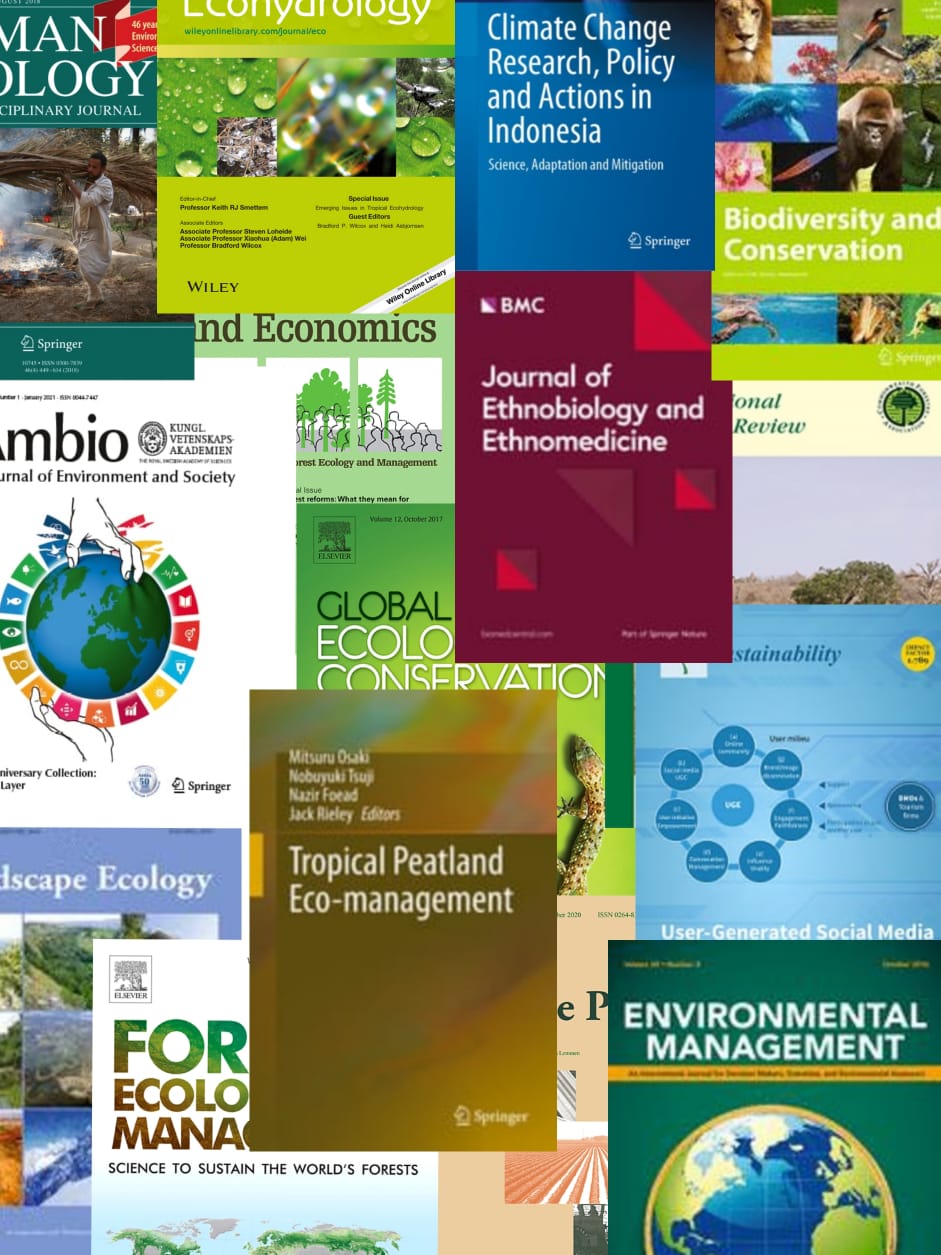During the extended El Nino drought of 1997-8, fires devasted Indonesia's forests, creating a vast shroud of smoke that reached as far as mainland Southeast Asia. This article examines the interpretation of these fires-their causes, damages and solutions-by the Indonesian government, international donors, environmental activists and local farmers. It explorers the contexts and consequences of these discourses of disaster, and specifically investigates the central role of remote technology-a 'hegemonic' representational tool, in some circumstances creatively appropriated to serve new democratic agendas. A narrow focus on remotely sensed data is not strictly a methodological but also a political choice, one which obscure alternative experiences of disaster and produces solutions that do not address long term social and political processes leading to the fires. What is missing from most current analyses of the fires, and from remote assessments in general, is a textured understanding of social landscapes and the role they play in creating fire hazards.
View source

